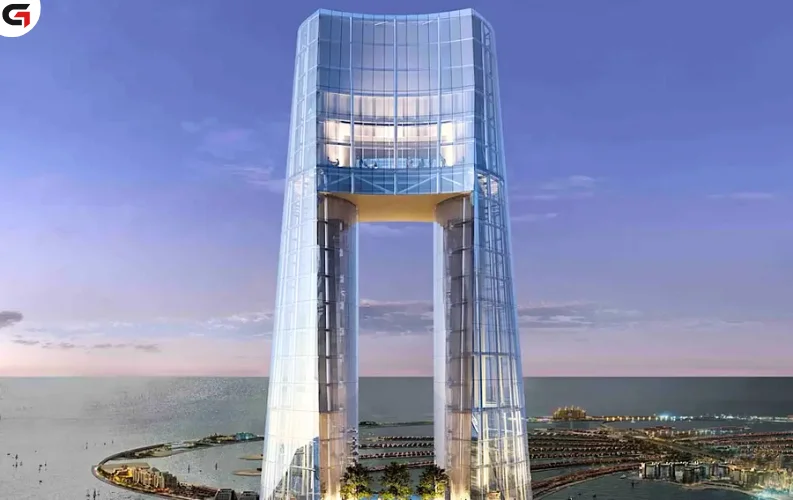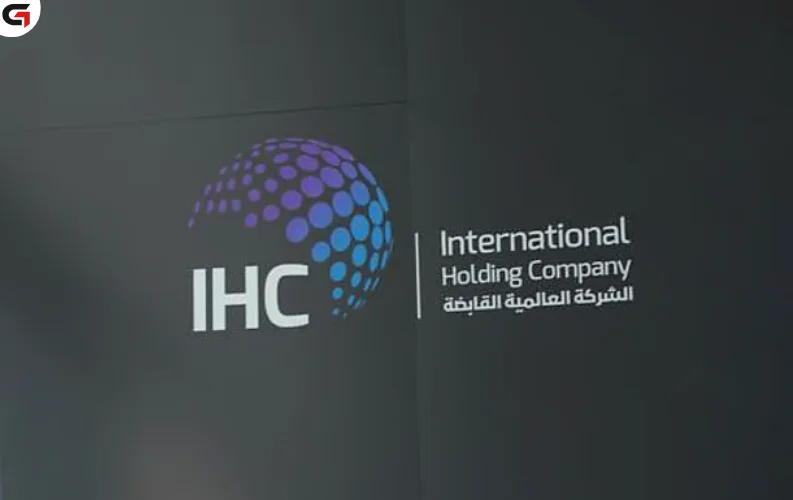Thimphu — Bhutan marked a historic milestone in its energy sector on Tuesday as Prime Minister Narendra Modi and King Jigme Khesar Namgyel Wangchuck jointly inaugurated the 1,020-megawatt Punatsangchhu-II Hydropower Project, significantly strengthening the India-Bhutan energy partnership.
The Ministry of External Affairs (MEA) said the new facility will increase Bhutan’s total power generation capacity by around 40%, underscoring India’s continued role in supporting regional clean-energy infrastructure.
“In the presence of the sacred relics of Lord Buddha, the inauguration of the Punatsangchhu-II Hydroelectric Project marks yet another milestone in the dynamic and mutually beneficial India-Bhutan energy partnership,” MEA Spokesperson Randhir Jaiswal said on social platform X.
Located on the Punatsangchhu River in Wangdue Phodrang district, the project functions as a run-of-the-river hydropower facility designed to minimize environmental impact while ensuring long-term energy security. The final unit of the project, with a capacity of 170 MW, was synchronized with the national grid in August 2025, following the phased commissioning of five other units between December 2024 and July 2025.
Together, all six units are already supplying more than 1.3 billion units of electricity annually, generating an estimated Nu 4.9 billion in revenue for Bhutan. The hydropower plant was constructed at a total cost of ₹37,778 million, fully financed by the Government of India, with 30 percent as a grant and 70 percent as a concessional loan.
The commissioning of the project marks a major leap toward regional energy integration and sustainable growth. It also reinforces the shared goal outlined in the India-Bhutan Joint Vision Document 2024, which focuses on expanding cooperation in renewable energy and climate-resilient infrastructure.
Officials described the project as a symbol of the spiritual and developmental bond between the two countries, emphasizing its role in promoting green growth, enhancing cross-border power trade, and supporting low-carbon development across South Asia.






















